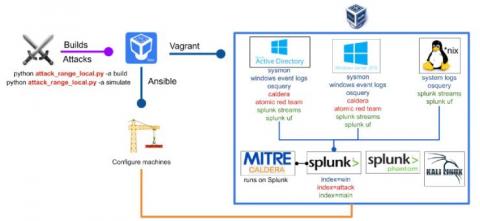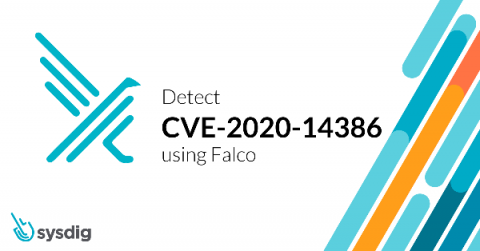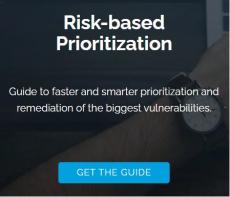Fix now: High risk vulnerabilities at large, September 29th
Since the global pandemic we’ve been writing about the latest CVEs to look out for in our risk based vulnerability management blog. As we head into the Autumn and the nights begin to draw in, threat actors continue to exploit vulnerabilities and cause disruption. Let’s take a look at some that have raised their profile in the last couple of weeks













